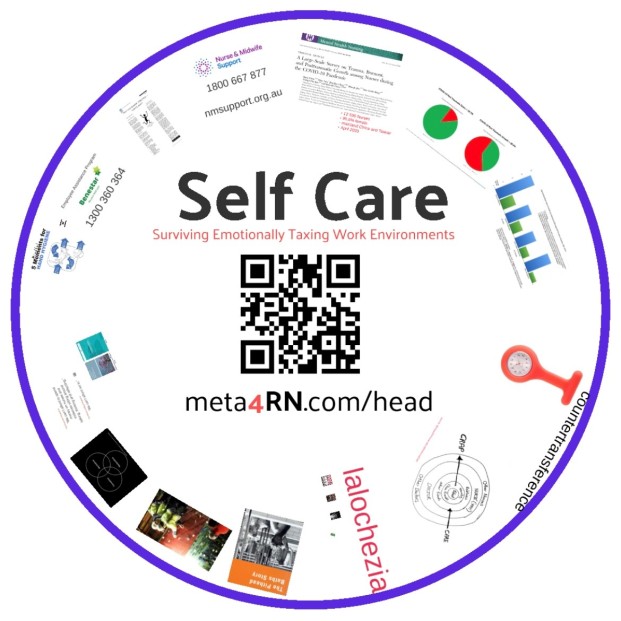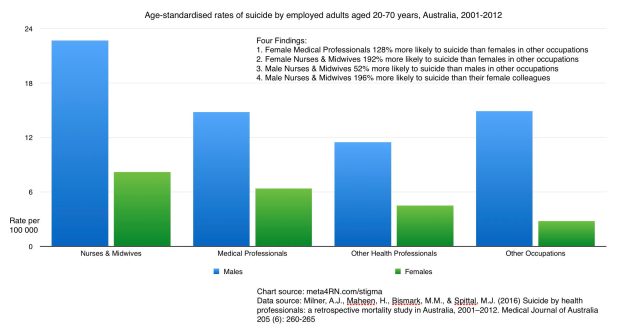There is a lot of information about clinical supervision as it applies to nurses and midwives,. Wouldn’t it be handy if someone curated the key stuff you need as clinical supervision “starter kit” in one place? That’s the thought I woke up with this morning, so here goes:
Introducing Clinical Supervision
I’ll probably do a few presentations re clinical supervision. To keep everything in the same place, here is a link to the Prezi: https://prezi.com/view/Dqdh9x5Blc8XGB7tk0IO/
A YouTube version of the presentation is embedded below:
Six Cool Things To Check-Out

ACN/ACM/ACMHN Effective Clinical Supervision poster. Source: https://www.midwives.org.au/resources/clinical-supervision-nurses-and-midwives-joint-position-statement-2019
1. Australian College of Nursing, Australian College of Mental Health Nurses and Australian College of Midwives (April 2019) Joint Position Statement: Clinical Supervision for Nurses and Midwives [PDF] JointPostionStatement
2. Queensland Health (October 2009) Clinical Supervision Guidelines for Mental Health Services [PDF] QHGuide2009
3. Queensland Centre for Mental Health Learning [QCMHL] (February 2021) Clinical Supervision Training [Website] if that link does not work, below are PDFs re each of the three courses:
a. Best Practice Models of Supervision (1 day introduction to clinical supervision) [PDF] Beginner
b. Supervisor (2 day workshop re core supervisor competencies) [PDF] Intermediate
c. Supervising Supervisors (2 day workshop to develop advanced skills) [PDF] Advanced
4. McNamara, P. (September 2014) Sample Clinical Supervision Agreement [Website] [MSWord]
5. Queensland Centre for Mental Health Learning [QCMHL] (September 2020) Clinical Supervision Resources [Website] if that link does not work, use this: [ArchivedWebsite]
6. Australian Clinical Supervision Association (January 2020) Clinical Supervision Resources [Website] if that link does not work, use this: [ArchivedWebsite]
End of the Start
To my way of thinking, the info above is a comprehensive “starter kit” for nurses and midwives who are new(ish) to clinical supervision.
Below I’ll add links to other info that may be of interest. This list certainly will not be exhaustive, but hopefully will be interest to people like me (a nurse in Queensland).
Selected Further Reading
Cutcliffe, J.R., Sloan, G. and Bashaw, M. (2018), A systematic review of clinical supervision evaluation studies in nursing. International Journal of Mental Health Nursing, 27(5): 1344-1363. https://doi.org/10.1111/inm.12443
Dawber, C. (2013), Reflective Practice Groups for Nurses: A consultation liaison psychiatry nursing initiative: Part 1 – the model. International Journal of Mental Health Nursing, 22(2): 135-144. https://doi.org/10.1111/j.1447-0349.2012.00839.x
Dawber, C. (2013), Reflective Practice Groups for Nurses: A consultation liaison psychiatry nursing initiative: Part 2 – the evaluation. International Journal of Mental Health Nursing, 22(3): 241-248. https://doi.org/10.1111/j.1447-0349.2012.00841.x
McNamara, P. (since 2012) various blog pages Clinical Supervision
https://meta4RN.com/?s=clinical+supervision
Queensland Health (March 2021) Clinical Supervision Framework for Queensland Nurses and Midwives [QHEPS] [PDF]
White, E., & Winstanley, J. (2010). A randomised controlled trial of clinical supervision: selected findings from a novel Australian attempt to establish the evidence base for causal relationships with quality of care and patient outcomes, as an informed contribution to mental health nursing practice development. Journal of Research in Nursing, 15(2), 151–167. https://doi.org/10.1177/1744987109357816
End Notes
It’s likely I’ll add to the “Selected Further Reading” section over time. If you think there’s an important journal article/other resource that belongs here please let me know via the comments section at the bottom of the page.
Thanks for visiting.
Paul McNamara, 21 February 2021
Short URL meta4RN.com/sup
(Yes – it’s intentional that the short URL uses “sup” as the shortened version of the far-too-long to say or text “what’s up?”. Spot the middle-aged man pathetically trying to be cool.)


















